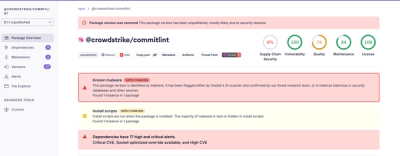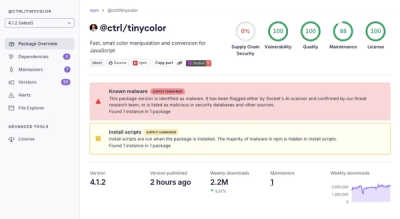RangeGen
Install: npm install rangegen
Information:
Generate a range between two numbers or letters. Examples: 1-100, a-z, A-Z, a-zz or even A-ZZZZZ.
Online example: http://louist.github.io/RangeGen/example.html
View more examples on GitHub.
Usage:
*WARNING* Running range on a big letter gap causes MANY loops!
For instance, a-zzzzz creates an array with 12,356,630
indexes and does 73,645,526 while and for loops!
-- Array generator (See "examples.js" for usage) --
var array = RangeGen(<from>,<to>,[<step>[,<exceptions>[,<CB/filter>]]]);
From - The letter or number to start the range at. (Number, Float, Letters)
To - The letter or number to end on/near. (Number, Float, Letters)
Step* - The amount to increment or decrement by. Default, 1. (Boolean, Number, Float)
Exceptions* - Throw error messages. Default, return an empty array. (Boolean)
CB/filter* - Use a callback or filter results. (see example4.js)
* Optional.
-- Check to see if a number or letter is in a range. (Case sensitive, "AB" is not in "a..az". See "examples4.js" for usage) --
RangeGen.inRange(<str>,<from>,<to>[,<step>[,<exceptions>[,<callback>]]]);
Str - The number(s) or letter(s) to validate. (Number, Float, Letters)
From - The letter or number to start the range at. (Number, Float, Letters)
To - The letter or number to end on/near. (Number, Float, Letters)
Step* - The amount to increment or decrement by. Default, 1. (Boolean, Number, Float)
Exceptions* - Throw error messages. Default, return false. (Boolean)
Callback* - Use a callback instead of return.
* Optional.
-- Get the Nth value in a given range. (See "examples4.js" for usage) --
RangeGen.byIndex(<num>,<from>,<to>,[<step>[,<exceptions>[,<callback>]]]);
Num - The index number within the range. (Number)
From - The letter or number to start the range at. (Number, Float, Letters)
To - The letter or number to end on/near. (Number, Float, Letters)
Step* - The amount to increment or decrement by. Default, 1. (Boolean, Number, Float)
Exceptions* - Throw error messages. Default, return false. (Boolean)
Callback* - Use a callback instead of return.
* Optional.
-- Get the index by value in a given range. (See "examples4.js" for usage) --
RangeGen.byValue(<str>,<from>,<to>,[<step>[,<exceptions>[,<callback>]]]);
Str - The value within the range. (Number, Float, Letters)
From - The letter or number to start the range at. (Number, Float, Letters)
To - The letter or number to end on/near. (Number, Float, Letters)
Step* - The amount to increment or decrement by. Default, 1. (Boolean, Number, Float)
Exceptions* - Throw error messages. Default, return false. (Boolean)
Callback* - Use a callback instead of return.
* Optional.
-- Inject "range()" into the String prototype. (See "examples4.js" for usage) --
RangeGen.addPrototype();
RangeGen.addPro();
Usage: "FROM..TO".range([<step>[,<exceptions>[,<callback>]]]);
From - The letter or number to start the range at. (Number, Float, Letters)
To - The letter or number to end on/near. (Number, Float, Letters)
Step* - The amount to increment or decrement by. Default, 1. (Boolean, Number, Float)
Exceptions* - Throw error messages. Default, return false. (Boolean)
Callback* - Use a callback instead of return.
* Optional.
-- Readable stream. (Node.js ONLY, See examples5.js for usage) --
var stream = RangeGen.createReadStream(<from>,<to>[,<step>]);
RangeGen.CRS(<from>,<to>[,<step>]);
From - The letter or number to start the range at. (Number, Float, Letters)
To - The letter or number to end on/near. (Number, Float, Letters)
Step* - The amount to increment or decrement by. Default, 1. (Boolean, Number, Float)
NOTE: If you use this outside of Node.js it will throw a "NodeOnly" error!
Stream API: http://nodejs.org/api/stream.html#stream_class_stream_readable
-- Iterators. (See "examples2.js" for usage) --
var iterator = RangeGen.iterator(<from>,<to>[,<step>[,<exceptions>]]);
RangeGen.iter(<from>,<to>[,<step>[,<exceptions>]]);
hasNext() - Returns true if the iteration has more elements.
next() - Returns the next element in the iteration, or false if `exceptions` is not set.
Otherwise throws a `NoSuchElement` exception.
length - The total number of iterations.
left - The number of iterations left.



